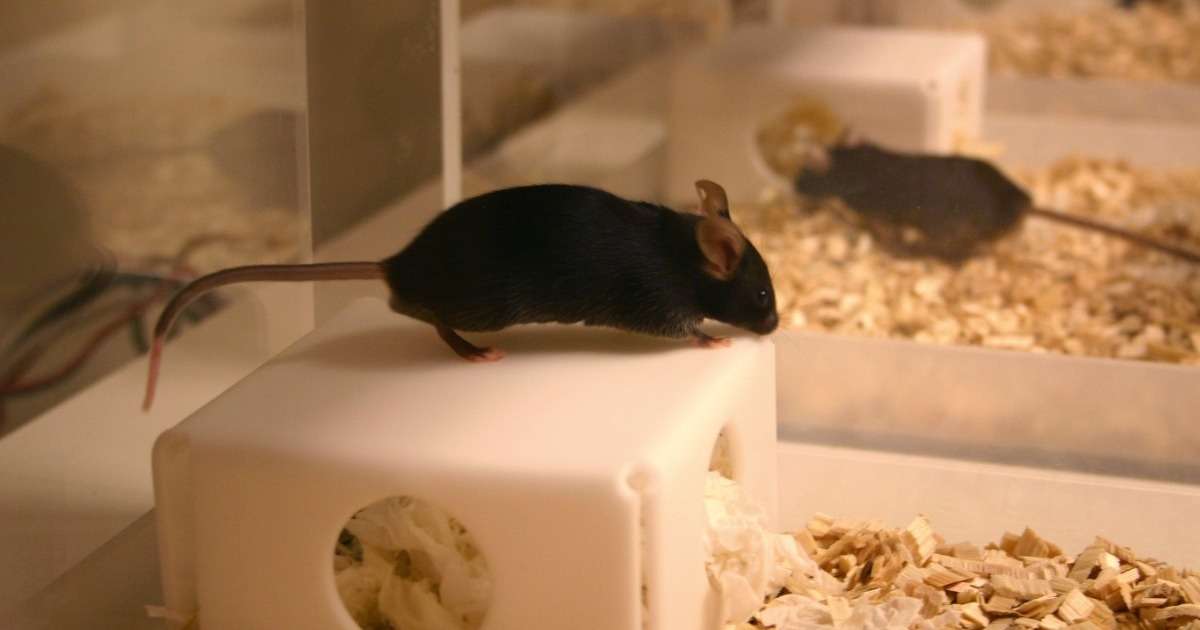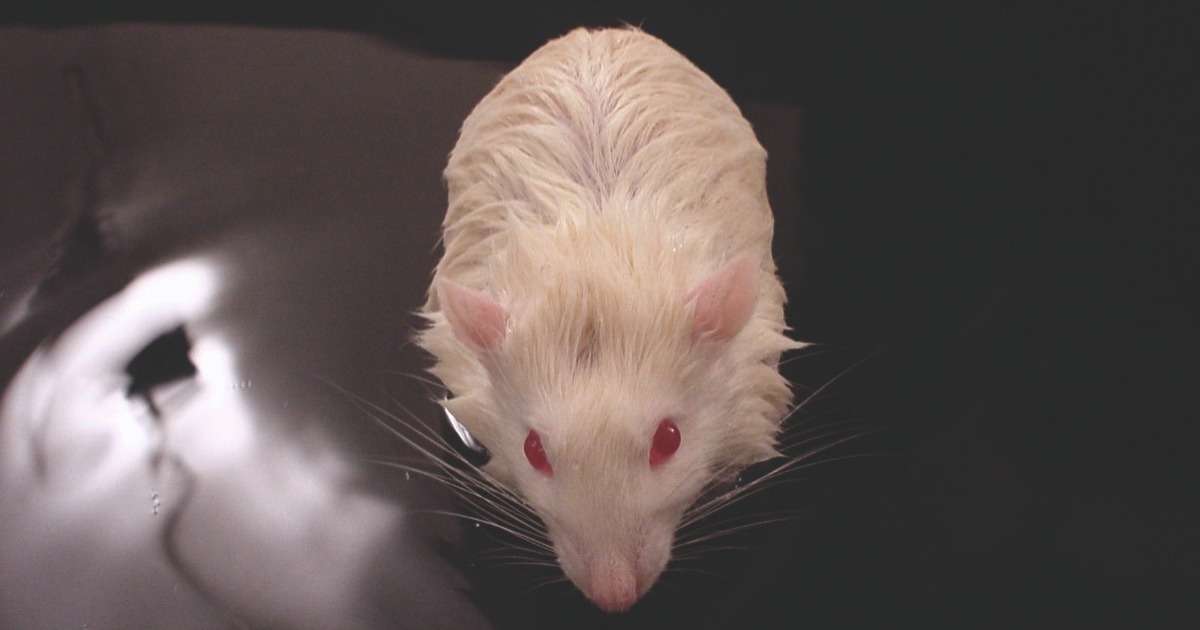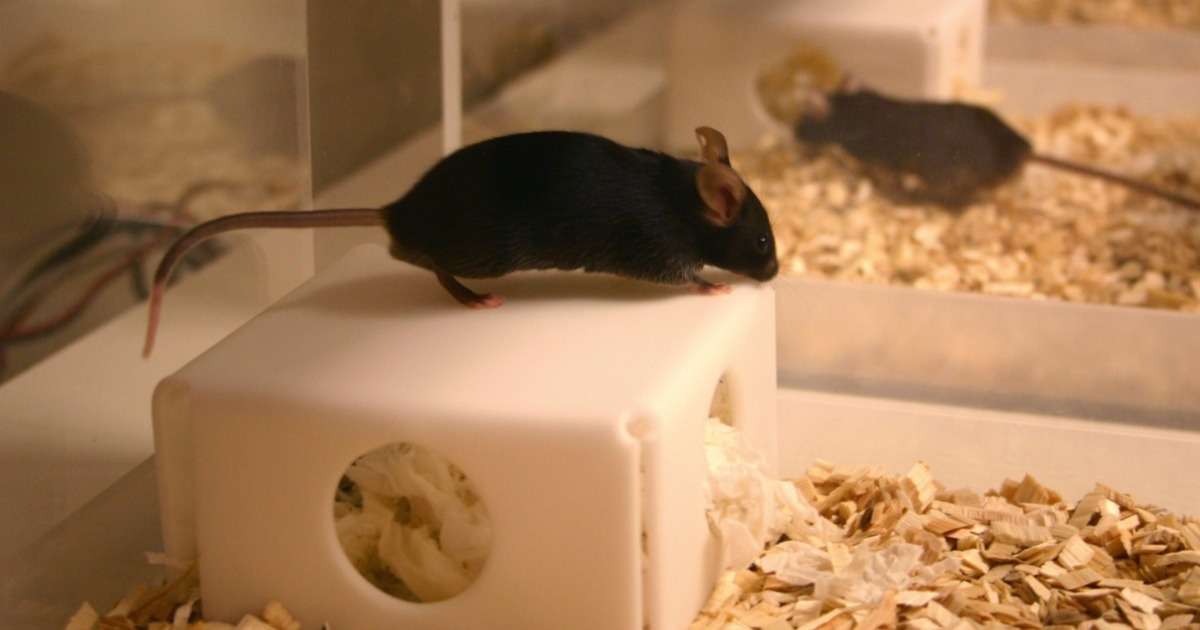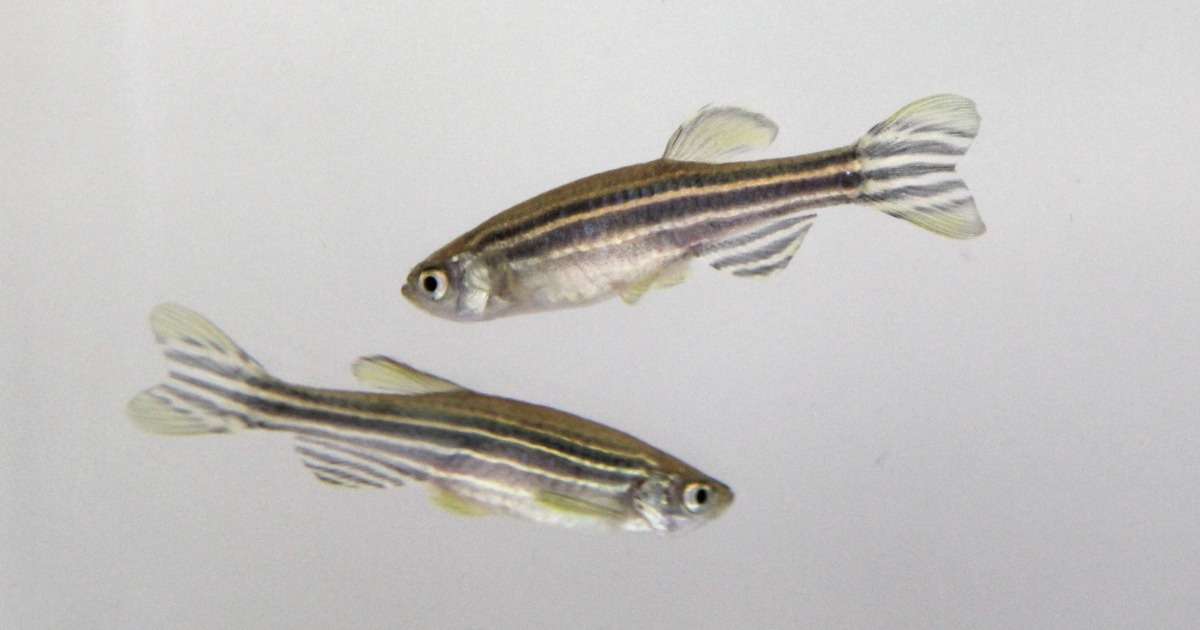
6 things you must consider to improve your open field testing
Here are six recommendations the authors list to improve the translational and predictive value of behavioral readouts.

The do’s and don’ts in behavioral testing: improve your open field test
Scientists have been performing open field tests for quite some time now. Over the years it has become one of the most popular tests in rodent behavioral research. So what’s not to love?

Mice with Alzheimer’s disease walk well but remember poorly
A large number of genetically engineered mouse models are available to study different aspects of Alzheimer’s disease.

Circadian rhythmicity and other behavioral studies
Many labs use video tracking software to increase the efficiency of their research. In fact, EthoVision XT video tracking software has just reached an impressive milestone: 2000 sites worldwide.

Don’t dwell on it… dive into zebrafish research!
I recently wrote about other translations from rodent studies to zebrafish, such as the investigation of learning and memory and social behavior. Now it’s time to talk about anxiety and exploration.

Brain waves and behavior: sleep to learn
To find out more about human and animal learning and memory, we might just have to go to sleep. Ahem – research on sleep, I mean.

Three ways to test hallucinogens on zebrafish
Hallucinogenic drugs (psychedelics) have a growing significance in biopsychiatric research. Zebrafish are a popular animal model and seem highly sensitive to various drugs of abuse.

Zebrafish as lab animal increasingly popular
Zebrafish is the new rat. Or mouse. More and more rodents in the lab are being replaced by these nifty little striped fish. They are easy to maintain, reproduce and develop rapidly.
